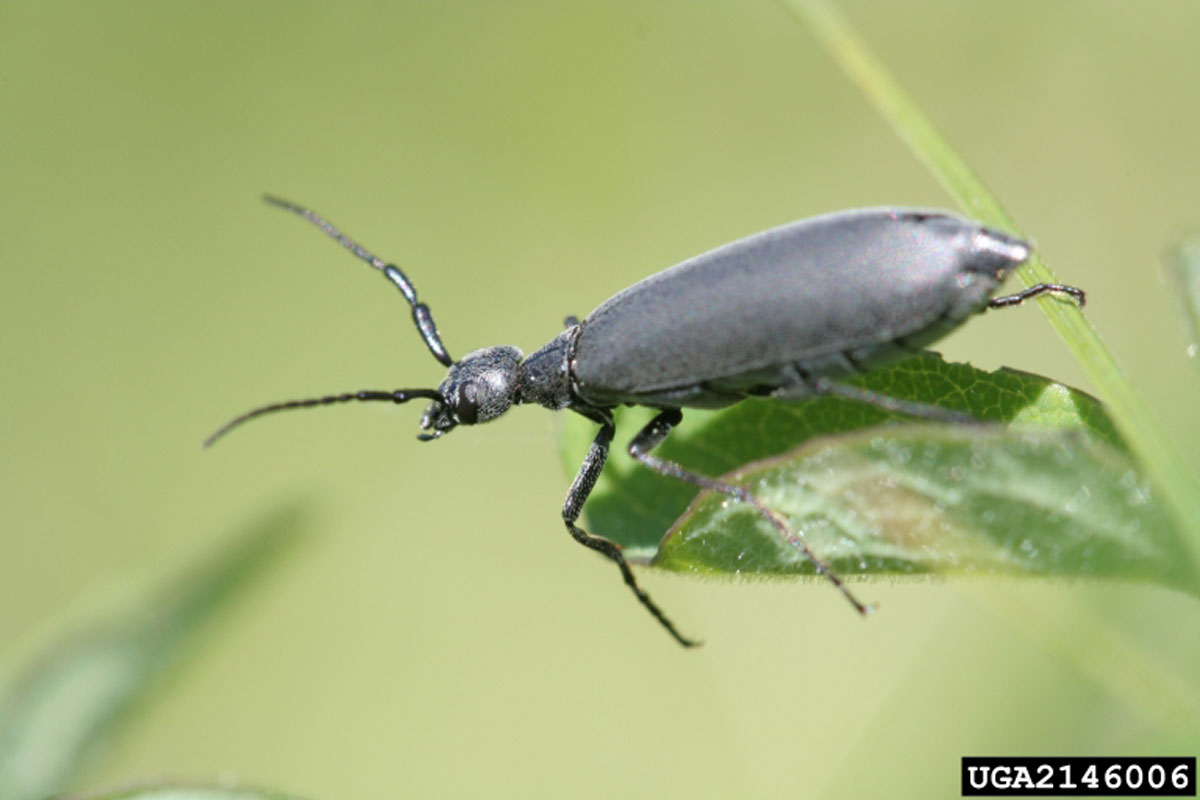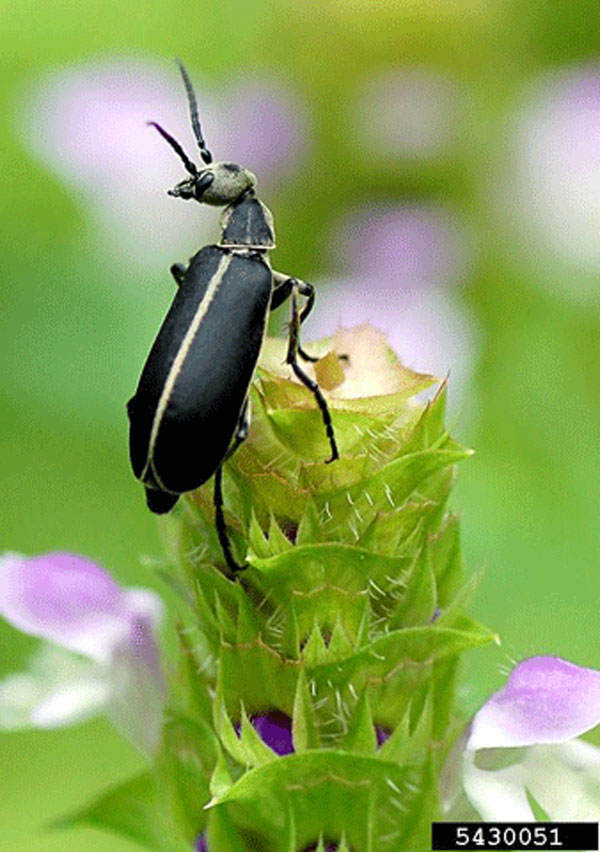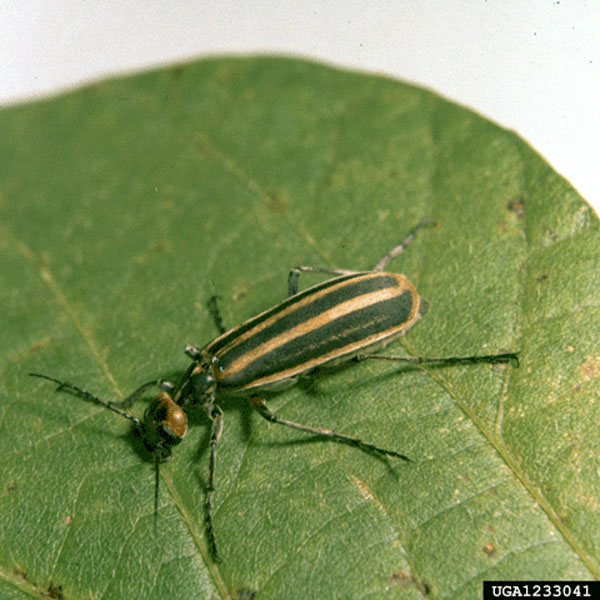
The Danger of Blister Beetles
Every day for four months, Cindy Peterson of Mauston, Wisconsin. had at least one, often a few, sick horses. At first, she thought it was a toxin in the grain because horses randomly acted colicky at feeding time. Their gum color was normal and a shot of banamine helped. Many of her horses were older, and she also thought winter weather fluctuations were to blame.
Then horses started dying. Her veterinarian took liver samples and a grain sample was sent out for testing. While waiting on the results, which can take up to three weeks, she withheld grain and increased hay rations. More horses were getting sick, and she was losing three a week.
“I called in a veterinarian from a larger practice to do a necropsy,” she said. “When he opened the horse up, the horse had a hole in his stomach. He necropsied a second horse, and he had the same holes.”

The vet immediately asked where she was getting her hay—it contained blister beetles. Usually, Peterson grows her own and supplements as needed from local farms. Multiple wet Wisconsin summers decimated her fields and made good-quality horse hay scarce statewide. She needed hay and bought two truckloads from separate growers through an online auction.
“It was the best-looking hay you could have asked for. It was so green and it had 24% protein,” she said. “I was feeling thankful for having such good-quality hay for my older horses, and I thought I’d be able to feed less grain with the higher quality hay.”
One load came from Midland, South Dakota, the other from Riverton, Wyoming. Lurking inside the picture-perfect hay was a devastating insect.

Signs of Blister Beetle Toxicity
The blister beetle is part of a diverse family of beetles (family Meloidae). There are over 400 species in the United States, and they can be found in all the lower 48 states, according to Patrick (P.J.) Liesch of the University of Wisconsin-Madison Department of Entomology Insect Diagnostic Lab.
“Blister beetles produce a defensive compound called cantharidin, which causes blistering and inflammation, which can cause ulceration of the GI tract. The kidneys and heart can also be affected,” Liesch explained.
Horses that have ingested blister beetles can display an array of vague symptoms, which can be influenced by the amount of cantharidin ingested. Symptoms can include:
- Abdominal pain
- Sweating
- Irritability
- Depression
- Elevated heart and respiratory rates
- Diarrhea
- Excessive drinking and/or urination
Although Liesch said it’s rare to find blister beetles in hay, Peterson’s advice is to know where you’re getting your hay from. Her preference is to grow her own, but buying local is the next best option.
“I’ve also learned to stay away from second- and third-cutting alfalfa, especially in full bloom, which is what I bought,” she said.
Blister beetles can be attracted to flowering plants, according to Liesch. Alfalfa that is harvested before bloom might be less likely to contain blister beetles. Harvesting technique can also influence the risk of blister beetles. If a crimper is used during hay harvest, it’s more likely to crush the beetles and release cantharidin.
Lastly, Liesch recommended contacting your local university extension agent for help if you’re finding insects in your hay and are suspicious of blister beetles.


